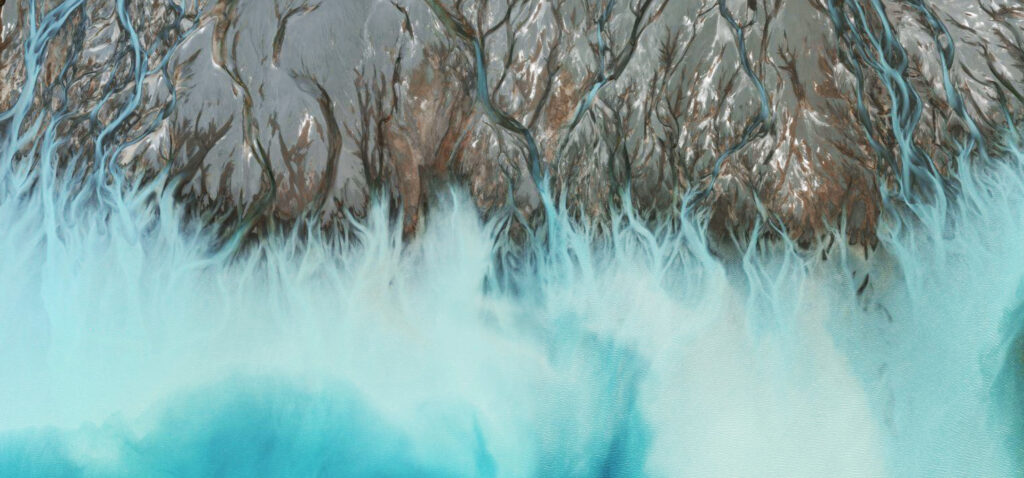Our individual carbon footprints have come under increasing levels of scrutiny in recent years. Flying significantly adds to our footprint and many of us do what we can in an attempt to offset that gigantic footprint generated by our flying habits. The nature of my work makes this difficult as I fly around in helicopters and small planes to take the photographs that ultimately pay my bills and feed my family.
The pandemic affected us all in many different, and often difficult ways. One of the more positive effects it had on me was that it gave me a chance to analyse how I take my photographs; it gave me the time to assess whether I need to do what I do to achieve the same results. Drones have caught up to where my cameras are, and buying one costs about the same as a single helicopter flight. Despite this, it’s something that I’ve not gravitated towards yet and I guess I’d still have to burn a lot of fuel reaching the destinations I want before I can even get the drone up to take the photos.

I wanted a much greener option, and the inspiration came from out of this world. I use a site called Zoom Earth to research my shoot locations – it’s like Google Earth with live satellite images. As I was scanning a location on the South Island of New Zealand, I thought, ‘why don’t I use satellite imagery to create a series?’. The satellites give me that top-down, birds-eye view that I’ve become known for, and since their carbon footprint has already been created, I wouldn’t be adding to it in any way.
“I wanted a much greener option, and the inspiration came from out of this world”
I decided to go for it and I reached out to Airbus and the like, that have satellites orbiting the earth. After a few weeks of back and forth, I was able to start selecting areas that I wanted images of. During lockdown, I spent hours searching Zoom Earth from the comfort of my office, finding picturesque islands in Tahiti, beautiful atolls in the Maldives, and images of Central Park in Autumn, all while not creating even a carbon indentation, let alone a footprint!

The process was time consuming, expensive, and frustrating, but ultimately I achieved what I set out to do, which was to create a series of images that fitted into my larger body of work without increasing my carbon footprint.
The photos may not hang on the walls of galleries around the world just yet, but I’m very proud of these images and the process behind them. I’m going to look at adding more to the series in time and but for now, I’ll carry on assessing how I can create new work in a more thoughtful way. Maybe drones will be the way to go? Maybe I’ll limit myself to one helicopter a year and fully offset it? Who knows. Reflecting on this, I believe that if we begin to assess how we travel and the impact our travel has on the world around us, we would be better equipped to make positive changes to those habits, hopefully in turn making the world a better place for all.

